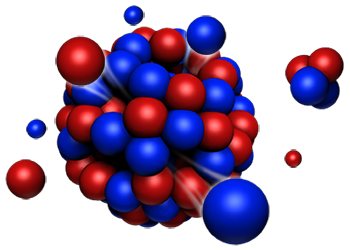Speaker
Description
Advanced computer-aided design (CAD) modelling is a general prerequisite in 3D printing or Additive Manufacturing (AM) processes. Monte Carlo simulations, used to model the neutronic performance of an instrument, have 3-D representations of the instrument, but transferring this to CAD models is usually done by hand and is the most time-consuming and error prone part of the entire process chain. This contribution describes a tool to take components modeled in McVine and convert them straight to a format ready for AM. Over the last three decades, the STereoLithography (STL) file format, has become the de facto standard, used in many, if not all, AM systems to exchange information between design programs and AM systems. Our system uses scripts to generate a computer model, in which python statements describe the geometry of the required object by using Constructive Solid Geometry (CGS). CGS is a way of building complex objects from simple primitives using Boolean operations. The script encodes the set of CGS primitives representing the object onto a hierarchical tree. This script saves the tree structure onto an XML file used in McVine for the Monte Carlo Simulation. We developed a program the leverages OpenSCAD to create CAD models from the geometry defined in the xml file. OpenSCAD directly exports the geometry to an STL file, which is used for 3-D printer open-source slicing programs. This tool was used to create CAD files representing two pressure cells with different complex shapes and collimators to reduce background from these cells. The neutron scattering from the components is simulated by MCViNE. Furthermore it has been used to generate collimator designs that are printed via AM.

